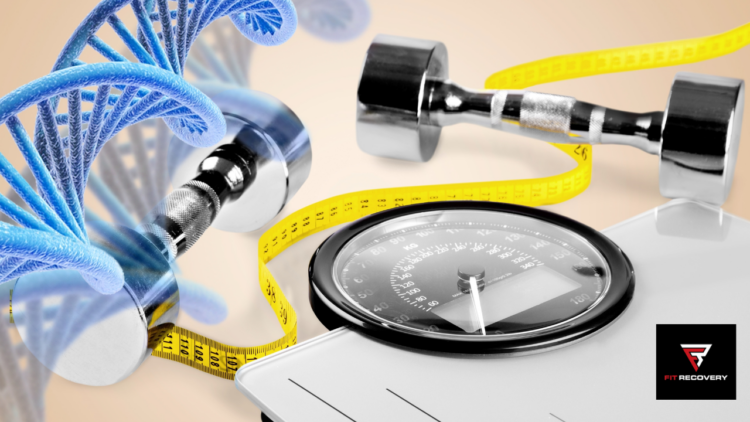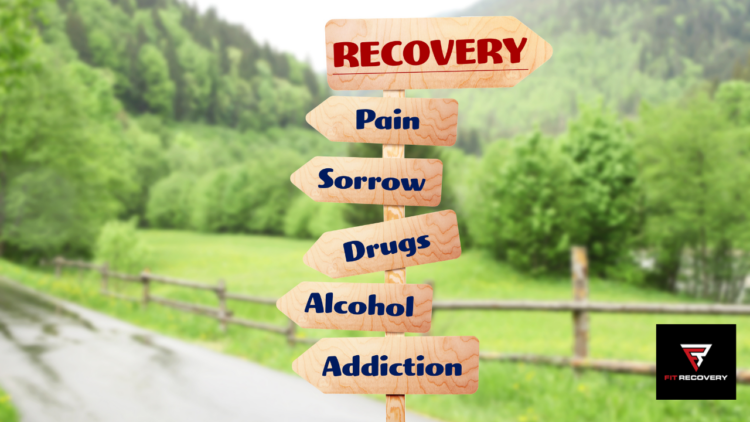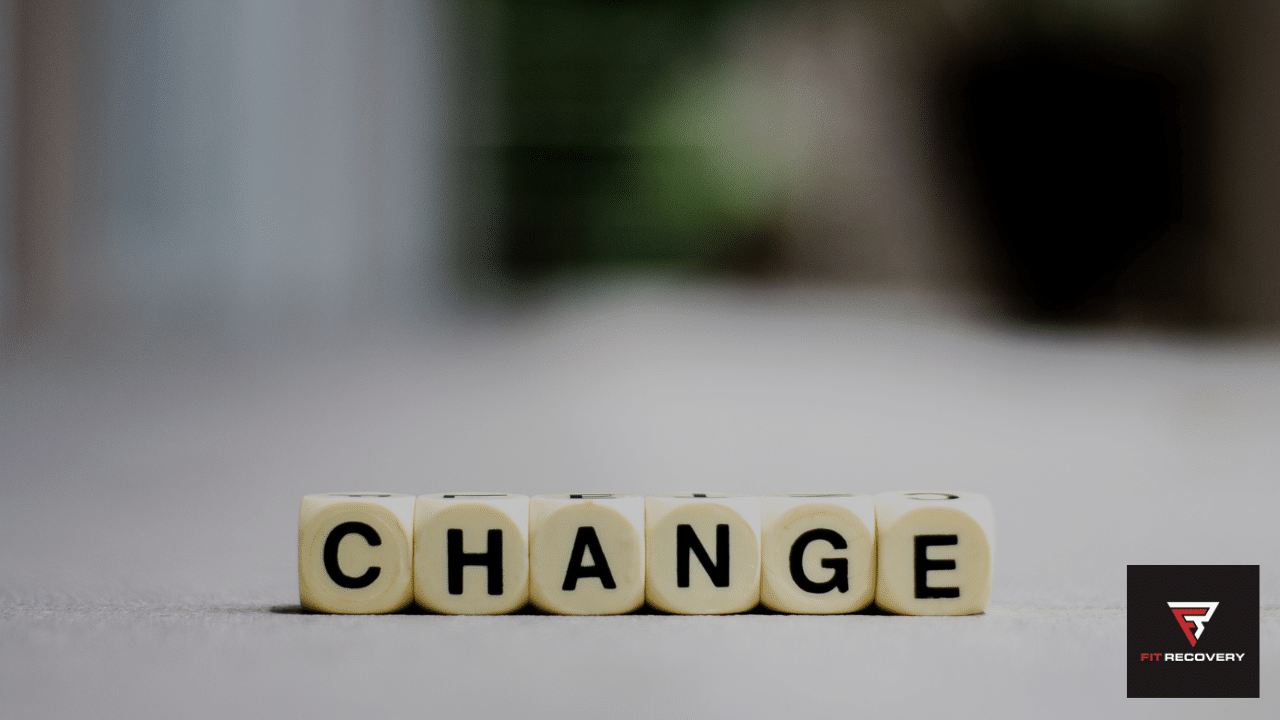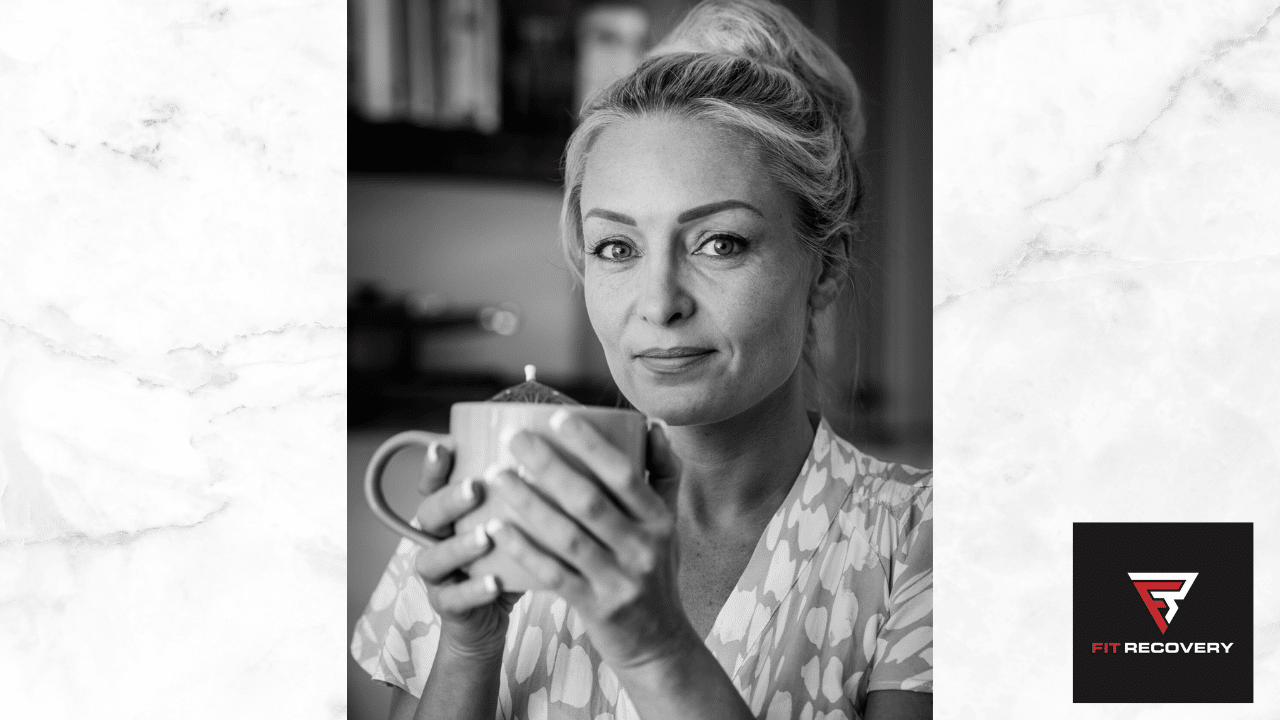

When I was addicted to ethanol, the toxic solvent that is passed off as a drug, ignorance prolonged my healing.
But that’s not all that happened…
Ignorance and naïveté also played a big role in my fast process of morphing from an Every-once-in-awhile Recreational Drinker to a Three-day-a-week Recreational Drinker — to a Five-day-a-week Binge Drinker (alcohol abuse) — and finally, to a Physiologically and psychologically dependent 24/7 around-the-clock Alcoholic Drinker…
and I looked and acted the part to the tee.
I was a mess.
Ignorantly Battling The Alcohol Addiction Cycle
For the next decade, I battled alcoholism non-stop and never managed to break free from the on-and-off binge drinking cycle.
Everything I tried as a treatment strategy failed and I continued to fall back into Binge Drinking Behavior without ever achieving long-term wellness from addiction.
Looking back on it today, it’s clear why Alcoholics Anonymous (AA), Narcotics Anonymous (NA), counseling, psychiatry, faith, prayer, and other psychosocial and spiritual therapies never fit together to complete my personal recovery puzzle.
The main reason I wasn’t able to achieve and sustain lasting recovery from alcoholism (and also drug addiction at phases) is that I wasn’t addressing my chronically dysfunctioning brain physiology.
The regular consumption of alcohol depletes the brain’s ability to create feel-good brain chemicals like dopamine, GABA, and serotonin on its own.
These neurotransmitter deficits cause painful psychological and physical symptoms such as:

Nowadays, I’m fulfilled professionally by spreading alcohol and drug addiction recovery strategies to the masses online and helping one-on-one and group coaching clients/students/learners.
Yesterday, 30 minutes before the Fit Recovery Thursday Group Coaching Call, I had an epiphany.
If you’ve been rigorously learning from my videos, podcasts, articles, and/or courses, you might’ve learned about the four primary causes of alcohol and drug problems, discovered by Dr. Charles Gant, author of the legendary book entitled End Your Addiction Now: The Proven Nutritional Supplement Program That Can Set You Free.
The recent epiphany I experienced is part two of Dr. Gant’s findings on The 4 Primary Causes of Alcohol and Drug Problems… and it’s called The 7 Primary Obstacles To Recovery.
I feel that you should know this “download” I received yesterday didn’t seem like an intuition.
It was a rapid and in-depth “knowing” of the seven primary obstacles and sub-categories of challenges within the seven general obstacles to recovery.
Granted, all of this information is in my conscious mind’s awareness.
That being said, I got the download 30 minutes before the group coaching session and I did a training on The 7 Primary Obstacles To Recovery at the start of it (and multiple clients stated they got a lot of value from it).
Thus, without further ado, here are The 4 Primary Causes or Risk Factors of Alcoholism and Drug Problems followed by The 7 Primary Obstacles To Recovery (or wellness) from Addiction.
Once you’re well aware of these, it’ll be like having the ultimate cheat code to beating a video game, such as:
“UP, UP, DOWN, DOWN, LEFT, RIGHT, LEFT, RIGHT, B, A, START”
-Contra Cheat Code for 30 Lives
The 4 primary risk factors for alcohol and/or other drug problems/issues/abuse/addiction are:
- 1) Poor Nutrition
- The Deteriorating Quality of Our Food Supply (soil depleted in minerals due to modern agriculture technology and practices)
- Poor Food Choices (processed/refined/boxed foods, nutrient-poor, high-calorie, etc)
- Maldigestion and Malabsorption
- 2) Toxins
- Pesticides
- Preservatives
- Chemical Additives
- Prescription Antibiotics
- Heavy Metals
- and much, much more
- 3) Stress (Acute and Chronic)
- Over-production and Depletion of Multiple Specific Neurotransmitters can be Triggered by Physical and/or Emotional Stress
- These “Stress Hormones” can Significantly Deplete the Body’s Reserves of Nutrients Needed for Manufacturing Neurotransmitters
- The Mind/Body “Burnout” Feeling is the Result of Your Neurotransmitters being Burned Out from Over-production
- 4) Genetic Vulnerabilities
- According to Dr. Gant, among the functions of DNDA codes for are the several components of our responses to deficiencies in neurotransmitters caused by:
- Stress
- Toxicity
- Nutritional Deficiencies
- Use of Psychotropic Substances
- According to Dr. Gant, among the functions of DNDA codes for are the several components of our responses to deficiencies in neurotransmitters caused by:
Mitigating The 4 Primary Risk Factors of Alcohol Problems
The bottom line is this… We can’t do much about the genetics we were born with but we have a lot of control over our eating habits and can deploy targeted nutritional strategies, fitness strategies, supplementation, and other Bio-focused therapies for alcohol and drug recovery.
For example, “Nutrigenomics” is the individualized and strategic utilization of targeted macronutrients, micronutrients, physical exercise, supplements, herbs, natural therapies, etc for achieving both specific health outcomes and generalized wellness.

Nutrigenomics can also affect our “Epigenetics.”
According to the Centers for Disease Control and Prevention:
“Epigenetics is the study of how your behaviors and environment can cause changes that affect the way your genes work. Unlike genetic changes, epigenetic changes are reversible and do not change your DNA sequence, but they can change how your body reads a DNA sequence.”
-CDC
In simpler terms, through customized lifestyle strategies or Nutrigenomics, we can “Down-regulate” undesirable genes that support generalized anxiety and hyper-impulsiveness, for example, and “Up-regulate” genes that support emotional balance, distress resilience, and wellness from addiction.
Now that you’ve discovered The 4 Primary Risk Factors or Causes of Substance Abuse Issues, it’s time to learn about The 7 Primary Obstacles or Barriers To Recovery or Wellness from Addiction.
The 7 primary obstacles to alcohol and drug addiction recovery are:
1. The Withdrawal Process (Acute and Post-Acute)
- Often 2-8 Weeks (or up to 12 weeks or several months or longer in very rare cases)
- Withdrawal Symptoms (Physical and Psychological and Synergize 1 + 1 = 3 or more)
2. The Addicted Brain
a) Broken Dopamine Motivation/Reward System (the Pain-Pleasure Balance Beam in the Brain is Tipped to the Side of Pain. The dopamine pleasure setpoint is now so high that it takes alcohol, drugs, sex, gambling, or the like to feel pleasure, whereas simply watching an average sunset might’ve given you a natural pleasure high before addiction)
b) Hijacked Midbrain (This part of the Brain is Responsible for Survival and when it’s hijacked – “Alcohol” or another drug is synonymous with survival itself when the drug overtakes food/water/shelter in their Hierarchy of Needs; having a Hijacked Midbrain is “Like driving a car with a heavy brick on top of the gas pedal causing it to go 150 miles per hour)
c) Disabled Prefrontal Cortex (aka “The Captain of the Ship” – the PFC is your Executive Decision-Maker and is Responsible for Higher Reasoning Functions, Impulse Control, Behavior Regulation, etc; having a Disabled or Eroded Prefrontal Cortex is “Like Driving a Car without Brakes.”
d) Neurotransmitter Imbalances (Acute and Chronic) – Alcoholism and other drug addictions lead to neurotransmission dysfunction such as:
- Dopamine Deficit Disorder (both an inhibitory and excitatory neurotransmitter responsible for our drive, motivation, reward seeking, and more – a dopamine deficiency can lead to fatigue, anhedonia, depression, anxiety, lack of motivation, and more)
- GABA Deficit Disorder (the main inhibitory neurochemical that acts as a mental and physical relaxant by slowing down/calming brain activity – a deficit in GABA may cause anxiety, insomnia, restlessness, worry, hyper-arousal, hypervigilance, fear, etc)
- Serotonin Deficit Disorder (an emotional relaxant that assists with emotional well-being, happiness, empathy, etc – and serotonin deficiency may cause emotional instability, mood swings, severe symptoms from premenstrual syndrome (PMS) or premenstrual dysmorphic disorder (PMDD), obsessive-compulsive disorder (OCD), Body Dysmorphic Disorder (BDD), and much more)
- Endorphin Deficit Disorder (natural painkillers that, when in short supply, can lead to feelings of hypersensitivity to physical, mental, and emotional pain and stress)
- Glutamate Toxicity (the most abundant excitatory neurotransmitter in your brain and central nervous system and excess glutamate or glutamate toxicity can cause muscle tightness, headache, irregular heartbeat or palpitations, and more)
e) Hijacked Neural Pathways (“When neurons fire together, they wire together.” Repeatedly engaging in the process of using alcohol or drugs causes the neurons to wire together powerfully into thick and fast neural pathways that are like superhighways of the addictive process – well-traveled autopilot driving freeway entrance, superhighway of the addictive process, and NO highway offramp on the Addiction Expressway)
3. Subjective Fears and Considerations
- Fear of Loss (eg losing the benefits of alcohol or another drug, Fear of Missing Out, or FOMO)
- Fear of the Process (eg one or more parts of the process seem too scary, difficult, painful, challenging, long, expensive, etc)
- Fear of the Outcome (eg the fear of failure, the fear of success, the fear of change)
- Considerations (eg rationalizations and self-criticisms that tell you why you can’t achieve your goal or why it’s not the right time or other considerations the ego has)
4. Hyperbolic Discounting
- A Cognitive Bias where an individual Prefers/Chooses Smaller but Immediate Rewards/Pleasure/Benefits over Larger Distant Future Rewards/Pleasure/Benefits
- The Further a Potential Reward is in the Future, the More the Person is said to Discount the Reward
- In the hunter/gatherer times, this was ideal but in modern times it can make behavior modification challenging in our dopamine-super-rich living and working environments
- Example: If you could have $2K in cash today or $6K in cash in ten years, you’d likely choose the $2K today because even though you’d get triple the reward, you’d have to wait a decade
5. Disempowering Neuro-Associations
- Neuro-associations are how much subjective pain and pleasure you associate with alcohol or another drug
- The Pain-Pleasure Principle states that everything humans do is to avoid pain or gain pleasure (and we’ll usually do at least twice as much to avoid pain as we will to gain pleasure)
- If an individual associates more pleasure and positive benefits to alcohol than pain and negative consequences with alcohol, those are disempowering neuro-associations
- Example: The most empowering neuro-associations are to link a 10/10 pain to alcohol and a 1/10 pleasure to alcohol
- At these rates (or even close) alcohol abstinence, healing, and recovery become automatic
6. Psychosocial Stressors and Triggers
Subjective stressors and triggers that stem from within the Self (Internal) and from other people, places, and things (External), especially stressors/triggers such as:
- Emotional Instability
- Low Distress Tolerance
- Low Eustress Tolerance
- Unhealed Mind/Brain/Body/Spirit-Imprinted Trauma
- Relationship Stressors
- Work Triggers
- Hanging Around People Who Use Alcohol and/or Other Drugs
- Public Humiliation/Shame
- and much, much more
7. Roadblocks
Roadblocks are All the External Circumstances and Obstacles or Barriers that get in the Way that is Outside Your Control and are typically:
- Undesirable (at least to the Ego/Rational Mind)
- Uncontrollable (and usually not even influenceable)
- Unpredictable (the only certain thing is that we all experience Roadblocks)
Transcending The 7 Primary Obstacles To Recovery
If you noticed that there are only four primary causes of alcohol and drug problems and almost double the number of obstacles to recovering from alcohol or drug issues, you weren’t the only one.
The fact is…
While it can be a fast, easy, and innocent process to become addicted to alcohol and/or drugs…
Unfortunately, it’s often a long, difficult, and confusing process to become recovered and one that typically involves relapse after relapse after relapse.

However, it doesn’t have to be so hard and it doesn’t have to take so long to initiate and sustain long-term wellness from addiction.
Now that you’ve been trained on the 4 primary causes of alcohol use disorder (AUD) and substance use disorder (SUD) in general, you’re empowered with valuable knowledge that can help you to become invulnerable to alcoholism and addiction.
Additionally, you’ve been provided with a detailed map of the challenging and obstacle-ridden terrain you’ll face when navigating the recovery and healing of an addiction disorder.
These seven primary obstacles or barriers to recovery can be transcended now that you’ve learned about each of them…
But you can still significantly increase your chances of recovery transformation by continuing on your learning journey.
The Total Recovery of Alcoholism
If you’re struggling with alcohol problems, there is no better solution than Total Alcohol Recovery from Chris Scott, founder of Fit Recovery, author of Drinking Sucks!, co-host of Elevation Recovery, and Professional Member of the Alliance For Addiction Solutions.
His online course will show you step-by-step how to quit alcohol safely and comfortably, repair, rebalance, and heal your Mind/Brain/Body/Spirit System, and how to not just prevent relapse but to transcend alcohol addiction completely.
The Total Alcohol Recovery Program is where Chris Scott guides students in the Total Recovery of Alcoholism by providing Mind/Brain/Body/Spirit Totality Treatment Protocols that you can follow to the tee, mix, and match, and customize a little or a lot, and best of all, the success rates for these protocols are 80% or higher.
Keep Learning About Addiction and The Self
Now that you’ve been informed about the four primary causes of addiction and seven primary obstacles to recovery, you’re infinitely more equipped to navigate the process of quitting the gross-tasting drink that poisons you to give you the feeling of inebriation.
If you’d like to Schedule a Free 20-minute Discovery Call with me to see if we’d be a good fit to work together in a recovery coaching alliance, click here.
Take good care of yourself and if you have any questions, the Fit Recovery Blog has hundreds of articles, videos, and podcasts on alcohol addiction and recovery strategies, tactics, resources, tools, tips, hacks, recommendations, and more.
Discover more from reviewer4you.com
Subscribe to get the latest posts to your email.




